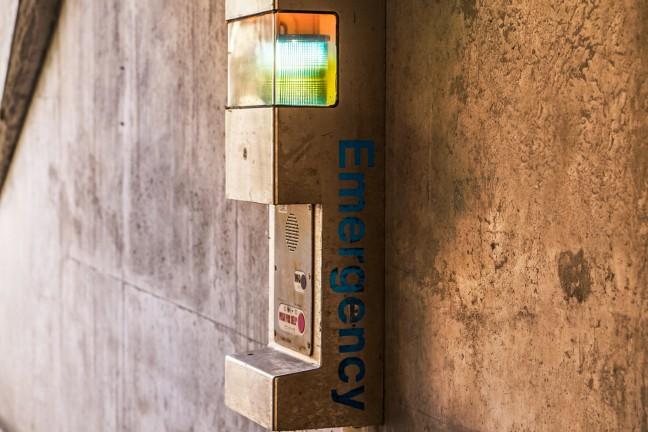We have been stricken with grief too many times. We have seen too many tragic news reports adding up the number of victims like objects. We have been hearing the banter of politicians for too long. And we have become desensitized to the sickening horrors of school shootings.
This is a real and emotionally raw topic that is too often muddled by politics. In the wake of recent school shootings that have occurred, it is clear there is an epidemic. Sadly, this is nothing new.
We have reached a critical point. Decisions must be made, but because of political gridlock, politicians won’t be doing anything anytime soon.
So, to address issues that politicians won’t, UW should make changes to its emergency protocol.
Currently, the University of Wisconsin Police Department prioritizes student safety and has developed detailed emergency evacuation protocols for many academic buildings in the event of an active shooter scenario, as well as for other emergencies, such as a fire or gas leak. These protocols are practiced yearly, with training sessions available to the faculty who work in that particular building.
The training consists of an emergency plan walk through. For an active shooter scenario, though, there is an additional video shown. One would think with recent increases in campus shootings, there would be more than just an additional video.
UWPD officers undergo yearly training for active shooter scenarios; patrol officers undergo additional training, as they would likely be the first responders in the event of a shooting. More broadly, the use of WiscAlerts, a digital emergency alert system that communicates with the UW community via texts and emails, security cameras and electronic lock systems are additional tools used to communicate and protect.
UWPD responds to questions about safety in an active shooter situation
The aforementioned methods are certainly comprehensive, but given the growing risk of an active shooter scenario on campus, I believe more can be done because there appears to be some concerning gaps in the current UW emergency protocol.
The first is that not all buildings offer emergency protocol training to faculty. An active shooter scenario is entirely unpredictable and can occur anywhere. Academic buildings where students and faculty gather at the same time in classrooms and offices are open targets for someone who wants to harm others. Therefore, it would make sense all academic buildings should offer emergency training.
The second concern is there are no training sessions offered to students. While UWPD makes a point of distributing informative brochures at student advising, registration and at Badger Watch, the lack of formal mandatory training sessions for students appears to operate under the assumption all students will thoroughly read, watch and internalize the provided materials.
It is true the UW safety procedures have been effectively operating for years and have become recognized and accepted on the national level. But, again, an active shooter scenario is entirely unpredictable and we cannot afford to lull ourselves into a state of complacency.
We must always be aware. It is simply how we must operate in light of this issue, and UWPD does an excellent job of regularly emphasizing this. But integrating frequent emergency procedural training into student orientation programs, as well as other areas of student life, could be effective in further standardizing the safety procedures on campus and within the community as a whole.
As a student, I do feel safe on campus. I feel I can go to class, roam freely and not fear for my life. But, sadly, in the back of my mind resides the unnerving question of “What if?” And I know I am not the only UW community member who poses this question and worries about the answer.
The key to all of this is to understand how to answer such a question and how to respond to the lingering uncertainty. Politicians have not done anything so it is time for UW to step in.
Danny Walzer ([email protected]) is a sophomore majoring in Spanish and communication.














